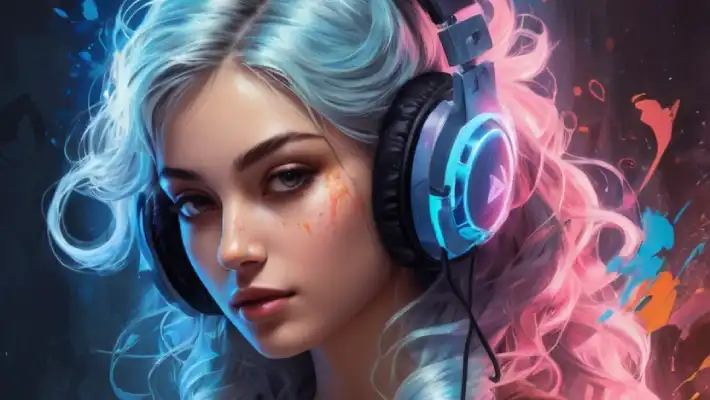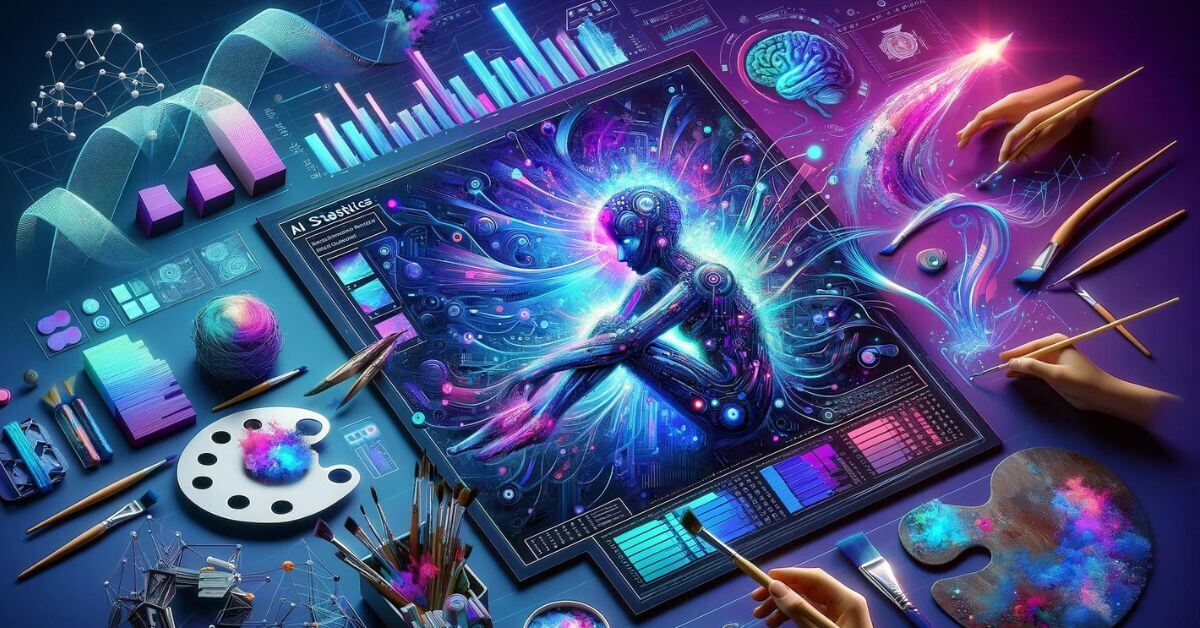In today’s digital age, creating stunning visuals is no longer limited to professional designers. Thanks to AI image generators, anyone can produce realistic, artistic, or fantasy images with just a few words. Whether you want artwork for a blog, social media, or a business project, AI-powered image generators make it fast, easy, and often free.
In this blog post, we’ll walk you through everything you need to know about using AI image generators — from choosing the right tool to crafting perfect prompts. Whether you’re a creator, student, marketer, or tech enthusiast, this guide will help you start generating amazing images using artificial intelligence.
What is an AI Image Generator?
An AI image generator is a tool that uses machine learning to create images from text prompts. You simply type in what you want to see — for example, “a futuristic city at night” — and the AI will create a unique image based on your description.
Popular AI image generators include:
- DALL·E by OpenAI
- Bing Image Creator (powered by DALL·E)
- Leonardo.Ai
- Craiyon (formerly DALL·E mini)
- Mage.Space
- Midjourney (via Discord)
- Stable Diffusion (open-source)

Step-by-Step Guide: How to Use an AI Image Generator
Step 1: Choose the Right AI Image Generator
Each tool offers different features. Here are some popular options:
| Tool Name | Best For | Access Type |
|---|---|---|
| DALL·E | Realistic and artistic images | Web-based (Free & Pro) |
| Bing Image Creator | Easy access via Microsoft Edge | Free |
| Leonardo.Ai | Game-style, anime, fantasy | Free & Paid |
| Midjourney | High-quality artistic images | Paid (via Discord) |
| Craiyon | Fun, cartoonish images | Free |
| Mage.Space | NSFW/creative freedom | Free & Pro |
Choose the one that fits your needs and style.
Step 2: Sign Up or Log In
Some platforms like DALL·E or Bing Image Creator let you generate images without signing in. Others like Midjourney or Leonardo.Ai require account creation.
Tips:
- Use Google or Microsoft account for faster sign-up.
- Some tools offer limited free credits per day or month.
Step 3: Write a Clear and Creative Prompt
Your prompt is key to the output. The better you describe your image, the more accurate the result.
Examples of good prompts:
- Basic: “A sunset over the ocean with dolphins jumping”
- Detailed: “A fantasy dragon flying above snowy mountains during sunrise, in watercolor style”
- Style-based: “A portrait of a medieval knight in the style of Van Gogh”
👉 Add adjectives, style cues, moods, and colors for better results.
Step 4: Generate the Image
Click the “Generate” or “Create” button. Within seconds to a minute, the AI will display a set of images based on your input.
Tips:
- Some tools generate 1 image, while others offer 4-6 variations.
- You can regenerate if you’re not satisfied.
- Tools like Leonardo.Ai allow editing, upscaling, or repainting the image.
Step 5: Download or Share the Image
Once you like the output:
- Click Download, Save, or Export to store the image.
- Many platforms also offer direct sharing to Instagram, Facebook, or Pinterest.
Tips for Better AI Image Generation
- Use Descriptive Language: Think like a writer — describe textures, lighting, background, mood, and action.
- Experiment with Styles: Try prompts like “digital art,” “3D render,” “pencil sketch,” or “oil painting.”
- Use AI Prompt Libraries: Tools like PromptHero help you find proven prompts.
- Try Negative Prompts (on advanced tools): Exclude unwanted features (e.g., “without text,” “no blur”).
- Combine AI Tools: Use image editors like Canva or Fotor to enhance your AI-generated content.
Best Use Cases for AI Image Generators
- Social Media Posts
- Blog Thumbnails
- E-commerce Product Mockups
- NFTs & Digital Art
- Book Covers
- Posters & Flyers
- YouTube Thumbnails
- Educational Illustrations
Pros and Cons of AI Image Generators
✔️ Pros:
- No design skills needed
- Instant results
- Highly customizable
- Cost-effective (many free options)
❌ Cons:
- May produce weird artifacts or errors
- Some tools restrict usage
- Ethical concerns over AI-generated art
- May need multiple tries for perfect results
Are AI-Generated Images Copyright-Free?
Most platforms allow personal and commercial use of generated images. However:
- Always read terms of use
- Avoid generating celebrity likenesses for business use
- Don’t use AI art to plagiarize real artists’ work
Top Free AI Image Generator Apps
If you prefer using your smartphone, here are great options:
- WOMBO Dream (Android/iOS)
- StarryAI
- Canva AI Art Generator
- Imagine (by Meta)
Final Thoughts
AI image generators have made content creation more fun, creative, and accessible. Whether you’re an artist, content creator, marketer, or hobbyist, learning how to use AI image generators can unlock limitless visual potential.
Experiment with different prompts, styles, and tools — and soon, you’ll be generating stunning, one-of-a-kind images in seconds.
More For You
1.Top 10 Tech Gifts Under ₹1000 in India (2025 Edition)
2.Avatar: Fire & Ash – James Cameron Returns with a Fiery Stunner
3.How to Speed Up an Old Laptop: A Detailed Guide to Boost Performance
4.Best Budget Laptop for Students in India (2025): Top Picks for Study, Productivity & Entertainment

